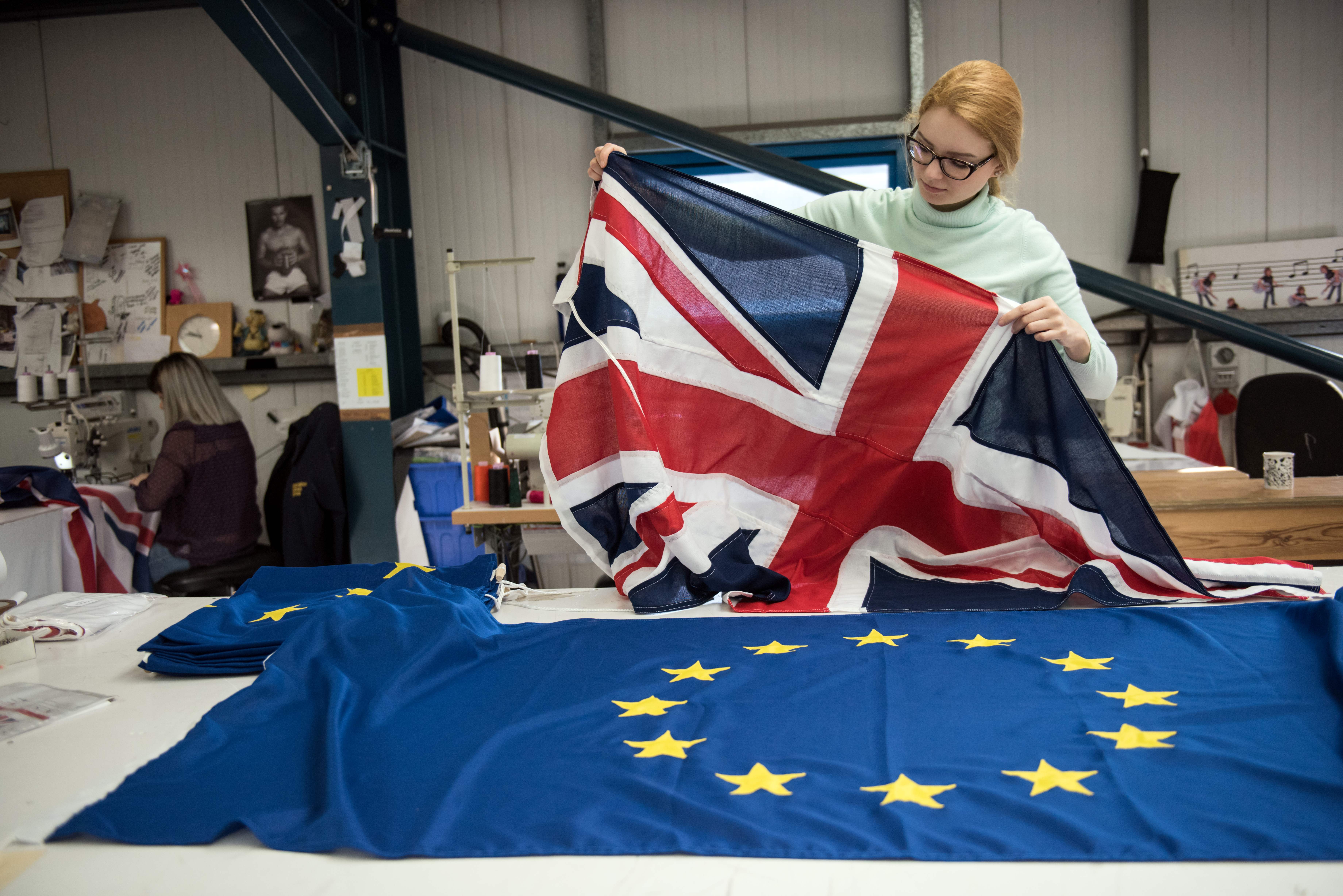It’s become commonplace to assert that inflation in the UK is out of step with other economies, requiring a more careful approach to cutting interest rates as a result. With prices for services and food rising more quickly than in the major eurozone countries, inflation looks like a particularly British problem.
Many attribute this to the UK’s strong nominal wage growth, but on closer inspection, this isn’t convincing. Instead, the effects of the shocks driving the UK’s current high inflation relative to Europe will fade, and thus, we should not be overly cautious about cutting interest rates.
Annual services inflation is currently running at 4.7 per cent in the UK, above the 3.1 per cent equivalent in the euro area. But the gap between the two is being driven by administered or indexed prices, like water bills and bus fares, rather than prices that are set competitively.
• Bank of England voting member plays down inflation and calls for rate cuts
Historically these two categories have moved together, but services inflation with administered or indexed prices, combined with private rent growth, are now three times as high in the UK as they are in the eurozone. By contrast, prices in “market-based” services such as leisure and hospitality are growing at similar rates in both economies. Price pressures in administered or indexed services do not clearly reflect the balance between supply and demand, and using monetary policy to counter their rise isn’t appropriate.
Another often named culprit for accelerating inflation is food prices, which have been rising across much of the world but at a faster pace in the UK than in the eurozone. But it’s not clear that this gap reflects anything other than global trends and slightly different supply chains and shopping baskets in the two economies.
Take chocolate: global cocoa prices surged to multi-decade highs at the end of 2024 as heavy rain, drought and plant diseases disrupted harvests in West Africa. Prices increased in the UK and the euro area, but were felt more sharply in the UK because chocolate forms a larger share of Brits’ shopping baskets. Differing consumption habits and the timing of the pass-through to inflation have been at play in olive oil and beef prices too.

Dhingra says the UK’s wage and services price growth appear linked but a closer look shows no real correlation
OLISCARFF/AFP/GETTY IMAGES
These are still relatively isolated cases. Close to three-quarters of the UK-eurozone food inflation gap can be explained by just ten products. For the most part, food items are contributing to inflation in the UK and Europe to a similar extent. In Ireland, where consumption, production and global exposure patterns most closely resemble the UK, food inflation is running at a similar rate (5.1 per cent in August).
Wages are also playing a smaller role than first appears in the UK’s inflation story, despite making up a big chunk of the costs in services. While wage and services price growth appear linked at a headline level, a more granular look shows no real correlation.
Wages in the UK accelerated faster than the eurozone during the pandemic, but since 2024 earnings have been growing at similar rates so can’t explain the recent inflation gap. Wages also aren’t behind the rise in administered and indexed services. Rising wage bills accounted for 61 per cent of price growth in market-based services over the past year, but only 27 per cent for administered services.
The Bank of England is facing a sharp trade-off dealing with administered prices, economic activity, and quickly bringing inflation to target. Policymakers can’t achieve all three fast — the choice is which margin to adjust.
For example, accepting the price growth of administered prices with a 2 per cent inflation target means bringing inflation down through services such as hospitality and leisure and goods. Achieving this quickly could mean these sectors need to make big sacrifices such as implementing real wage cuts to keep their costs in check. If all other input costs in these sectors stayed flat and goods inflation, including food, stabilised at 1 per cent, wage bills and margins in market-based services could only grow by 1 per cent — leading to real wage cuts — to rapidly bring overall inflation back to our 2 per cent target.
The difference in inflation between the UK and our continental neighbours can be largely explained by administered prices and global commodity shocks. These should pass. We can afford to cut rates further and not put additional strain on economic growth without threatening the inflation target.
Swati Dhingra is an external member of the Bank of England’s monetary policy committee

